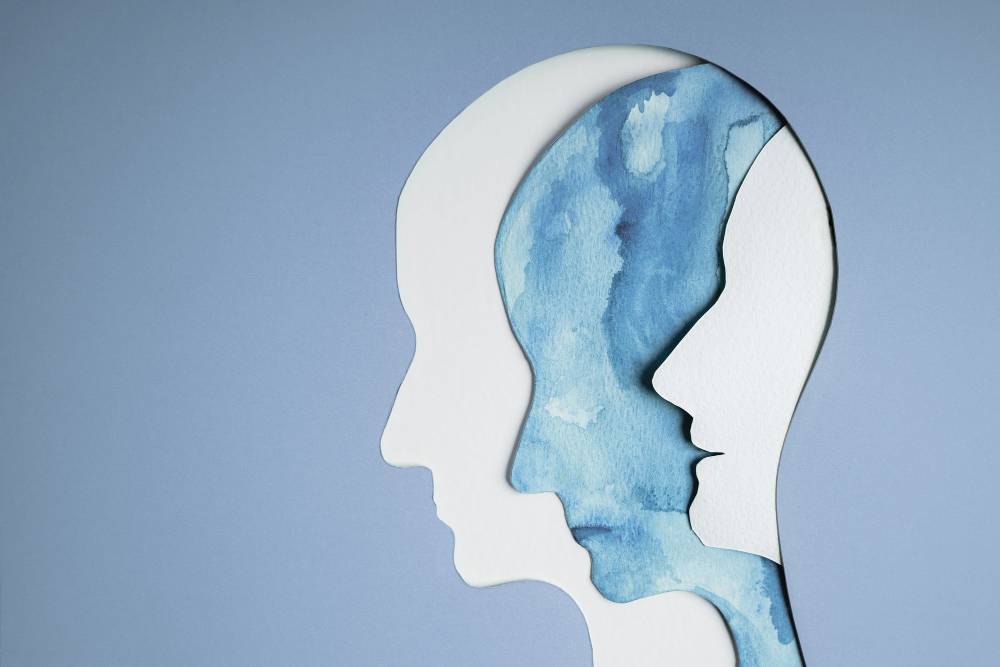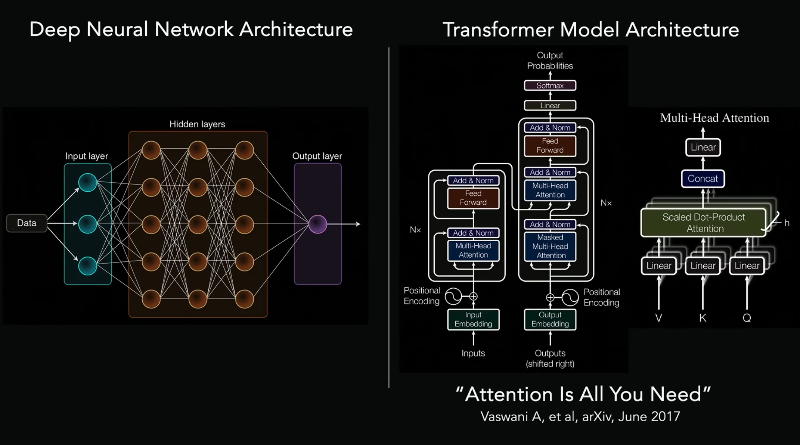Ischemia-Reperfusion-induced GAPDH aggregates lead to cell death and paralysis, but both GAPDH-C152A expression and GAI-17 treatment can decrease the chances of post-stroke side effects. Credit: Osaka Metropolitan University
Stroke is said to be the second leading cause of death worldwide after heart disease. To prevent the death of neurons in the brain, a research group led by Osaka Metropolitan University Associate Professor Hidemitsu Nakajima of the Graduate School of Veterinary Science has developed a drug that inhibits a protein involved in cell death.
The findings were published in iScience.
The multifunctional protein GAPDH (glyceraldehyde-3-phosphate dehydrogenase) is linked to pathogenesis in many intractable brain and nervous system diseases.
The team developed GAI-17, a GAPDH aggregation inhibitor. When this inhibitor was administered to model mice with acute strokes, there was a significantly lower level of brain cell death and paralysis compared to untreated mice.
GAI-17 also showed no side effects of concern, such as adverse effects on the heart or cerebrovascular system. Furthermore, experiments using GAI-17 showed improvement in the mice even when administered six hours after a stroke.
"The GAPDH aggregation inhibitor we have developed is expected to be a single drug that can treat many intractable neurological diseases, including Alzheimer's disease, " stated Professor Nakajima.
"Going forward, we will verify the effectiveness of this approach in disease models other than stroke and promote further practical research toward the realization of a healthy and long-lived society."
More information: Masanori Itakura et al, Inhibition of GAPDH aggregation as a potential treatment for acute ischemic stroke, iScience (2025). DOI: 10.1016/j.isci.2025.112564 Journal information: iScience






Post comments